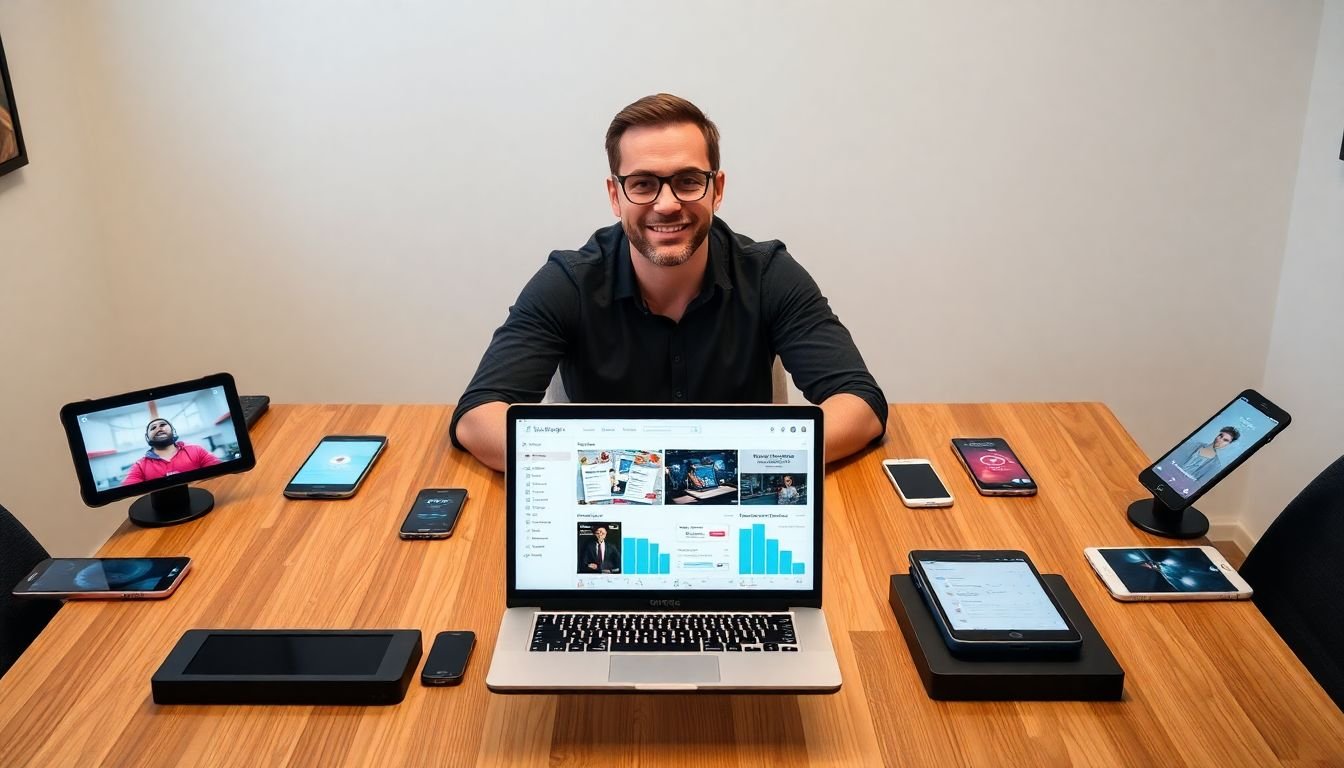
Table of Contents
In the digital age, video content has undeniably become the king of social media. But with each platform boasting unique features and user behaviors, creating a one-size-fits-all video strategy can be as futile as trying to fit a square peg into a round hole. So, the question remains: how can you optimize your video content to shine on each platform, maximizing your reach and engagement? Today, we’re diving into the fascinating world of video optimization, exploring the intricacies of different social media platforms, and crafting a content strategy that will make your videos the life of the party, wherever they may appear.
First, let’s agree on one thing
- creating compelling video content is no walk in the park. It’s a complex dance of storytelling, technical prowess, and understanding your audience. But here’s the promise: by the end of this article, you’ll have a comprehensive understanding of how to tailor your videos to each platform, ensuring they reach their full potential.
Now, let’s set the stage with some eye-opening statistics. Did you know that by 2022, online videos will make up more than 82% of all consumer internet traffic? Or that 6 out of 10 people prefer online video platforms to live TV? These numbers paint a clear picture: video content is not just a nice addition to your social media strategy; it’s a necessity.
But here’s the catch
- what works on one platform might flop on another. For instance, Instagram’s short-form videos are perfect for quick, engaging content, while YouTube’s longer videos allow for in-depth tutorials and vlogs. So, the million-dollar question is: how can you create a video content strategy that plays to the strengths of each platform?
In this article, we’ll explore the unique characteristics of some of the most popular social media platforms
- Facebook, Instagram, Twitter, LinkedIn, and YouTube. We’ll delve into their ideal video lengths, formats, and even the best times to post. But we won’t just stop at the ‘what’. We’ll also guide you through the ‘how’ and ‘why’, ensuring you understand the reasoning behind each optimization strategy.
By the end of this article, you’ll have a solid understanding of how to optimize your video content for each platform. You’ll learn how to create videos that resonate with your audience, drive engagement, and ultimately, grow your brand. So, are you ready to take your video content strategy to the next level? Let’s dive in!
Tailoring Your Content Strategy for Each Platform
In the dynamic world of digital marketing, a one-size-fits-all content strategy is akin to trying to fit a square peg into a round hole. Each social media platform, much like a unique canvas, demands a tailored approach to content creation. Facebook, with its vast user base and diverse demographics, is a broad landscape where engaging storytelling and community building thrive. Instagram, on the other hand, is a visual playground, where high-quality images and short, punchy captions reign supreme. Twitter, with its fast-paced, real-time updates, is perfect for news, witty banter, and instant engagement. LinkedIn, the professional networking hub, is where thought leadership articles, industry insights, and career-oriented content find their home. Therefore, to maximize your reach and impact, it’s crucial to understand each platform’s unique language, audience, and content formats. Tailoring your content strategy for each platform is not just about adjusting the size of your images or the length of your posts; it’s about understanding the platform’s culture, the type of content that resonates best, and the optimal posting times. It’s about speaking the language of each platform, whether it’s the visual language of Instagram or the concise, witty language of Twitter. By doing so, you’re not just adapting, you’re optimizing your content strategy to reach, engage, and convert your audience effectively.
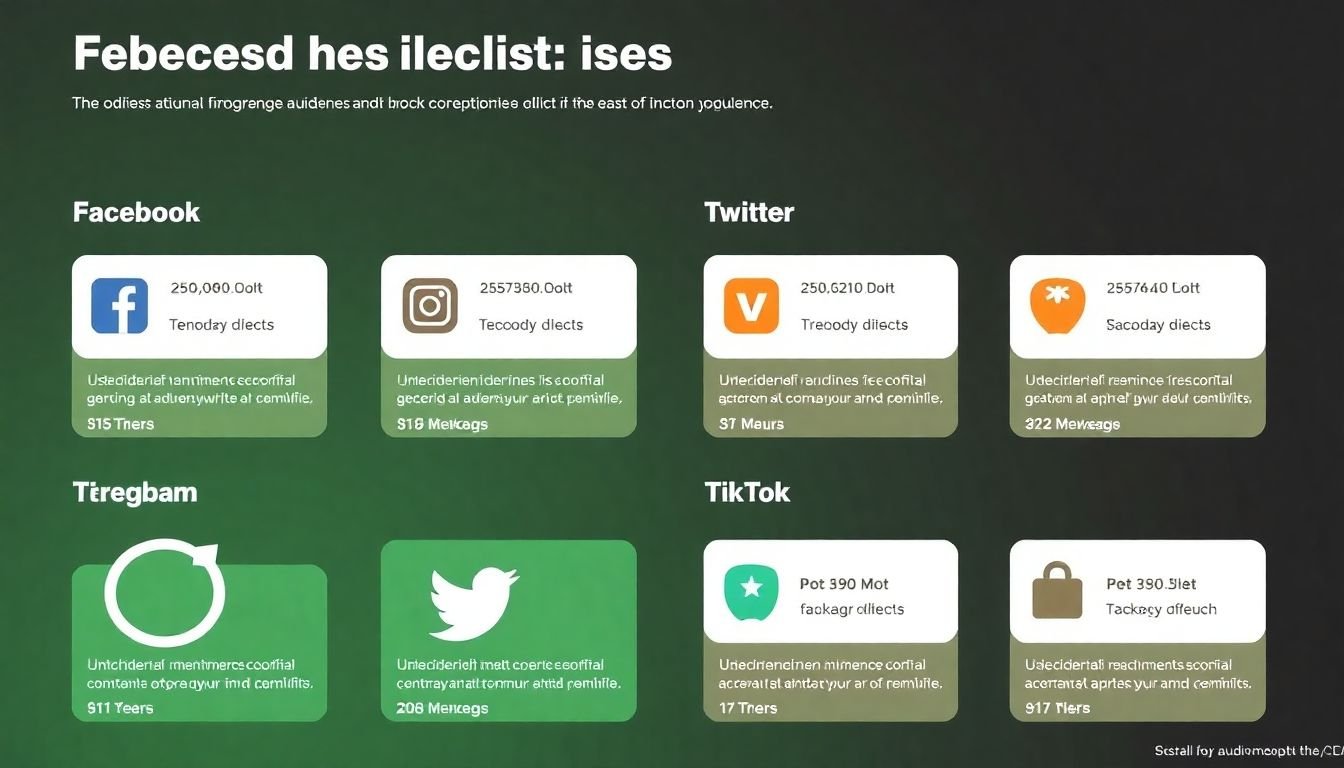
Understanding Your Audience and Platforms
Understanding your audience and the platforms they inhabit is the cornerstone of a successful video content strategy. Each social media platform hosts a unique demographic, with distinct behaviors and preferences, making it crucial to tailor your content to suit each environment. Let’s delve into the importance of this understanding and explore some key statistics and trends for popular platforms.
Firstly, understanding your audience’s demographics helps you create content that resonates with them. For instance, knowing that 67% of LinkedIn users are aged 25 to 34 can guide you to create professional, informative content that appeals to this age group. Similarly, Instagram’s user base is predominantly young, with 71% of its users between 18 and 24, suggesting a need for visually engaging, trendy content.
Behavioral understanding is equally important. Facebook users, for example, tend to engage more with videos that are less than 2 minutes long, with 85% of video views happening on silent mode. This indicates the need for concise, visually compelling content that can capture attention quickly. On the other hand, YouTube viewers are more likely to watch longer videos, with the average mobile viewing session lasting over 40 minutes, suggesting a willingness to engage with in-depth content.
Understanding these nuances allows you to create a platform-specific video content strategy. For instance, you might create short, visually striking videos for Instagram, longer, detailed videos for YouTube, and concise, silent-friendly videos for Facebook. Moreover, understanding audience behavior can help you optimize your content’s timing, format, and style, maximizing engagement and reach. In essence, understanding your audience and platforms is not just about knowing who they are, but also about knowing how they behave, and using that knowledge to create content that speaks to them effectively.

The Art of Thumbnail Design
In the digital age, the first visual impression often determines whether content is explored or overlooked. This is where the art of thumbnail design comes into play, serving as the visual ambassador for your content. Thumbnails are the tiny, yet mighty, gatekeepers that either entice viewers to click or scroll past, making their role in grabbing attention paramount.
The science behind thumbnails is simple yet powerful: they should be eye-catching, informative, and platform-appropriate. Here’s a breakdown of how to design successful thumbnails for different platforms, along with examples that have proven their mettle.
YouTube Thumbnails:
- YouTube’s thumbnails are typically 1280×720 pixels, providing ample space for creativity. To design eye-catching YouTube thumbnails, consider the following:
- Use high-quality, relevant images that accurately represent your video’s content.
- Include clear, concise, and legible text, using a font that contrasts with the background.
- Use bright colors and high-contrast designs to stand out in search results.
- Consider using a consistent design element or color scheme across your channel’s thumbnails for branding purposes.
For instance, PewDiePie’s thumbnails are often vibrant, humorous, and directly related to his video content, making them highly effective in grabbing attention.
Instagram Thumbnails:
- Instagram’s thumbnails are square, with a 1:1 aspect ratio, and are typically viewed on mobile devices. To create engaging Instagram thumbnails:
- Use high-quality, eye-catching images that capture the essence of your post.
- Consider using a consistent color scheme or design element across your posts for branding.
- Ensure your image is optimized for mobile viewing, as that’s where most users will see it.
For example, National Geographic’s Instagram thumbnails are stunning, high-quality images that perfectly encapsulate their posts, making them highly engaging.
Twitter Thumbnails:
- Twitter’s thumbnails are rectangular, with a 16:9 aspect ratio. To design effective Twitter thumbnails:
- Use high-quality, relevant images that complement your tweet’s content.
- Include text that adds context or a call-to-action, using a font that contrasts with the background.
- Consider using a consistent design element or color scheme across your tweets for branding.
BuzzFeed’s Twitter thumbnails are often humorous, eye-catching, and directly related to their tweets, making them highly effective in grabbing attention.
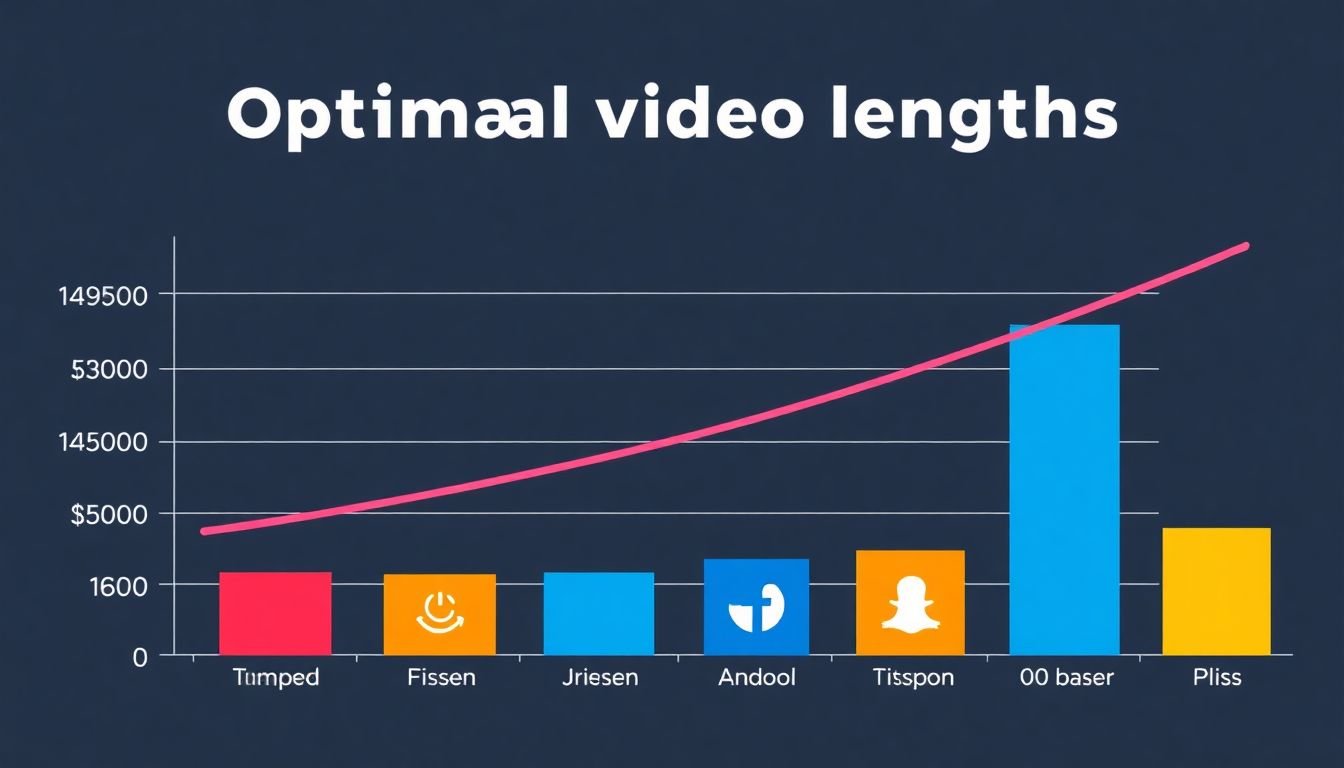
Video Length: The Goldilocks Zone
In the vast digital landscape, each social media platform has its own ‘Goldilocks Zone’ when it comes to video length
- not too short, not too long, but just right to engage audiences. Let’s dive into the data and best practices to find the sweet spot for each platform.
The dance floor of Instagram Reels and TikTok is best enjoyed in short bursts. Studies show that videos under 15 seconds on TikTok and 30 seconds on Instagram Reels have higher engagement rates. The key here is to hook your audience immediately and keep them engaged with quick cuts, compelling content, and a clear message.
Facebook and Instagram videos, on the other hand, can be a bit longer, with the sweet spot falling between 2 to 5 minutes. A study by Wistia found that videos in this range have the highest engagement and completion rates. To keep viewers engaged, use storytelling techniques, vary your pacing, and include a clear call-to-action.
YouTube, the granddaddy of video platforms, has a wider range of optimal lengths, from 2 to 15 minutes. Longer videos can perform well, but they require a compelling hook and regular engagement hooks throughout to keep viewers from clicking away. Use chapter markers, interesting visuals, and interactive elements to maintain engagement.
To maintain engagement throughout a video’s duration, consider the following steps:
- Know your audience and tailor your content and pacing to their preferences.
- Use a compelling hook at the beginning to grab attention and give viewers a reason to stick around.
- Vary your pacing and use visuals, sound effects, or interactive elements to keep viewers engaged.
- Tell a story or provide value throughout the video, not just at the beginning or end.
- End with a clear call-to-action to encourage viewers to engage further with your content.
Remember, the ‘Goldilocks Zone’ isn’t one-size-fits-all, so experiment with different lengths and formats to find what works best for your audience.

Aspect Ratio Matters
Aspect ratio, the proportional relationship between an image’s width and its height, plays a pivotal role in video optimization and user experience. It’s not just about aesthetics; it’s about ensuring your content is viewed as intended and engaging your audience effectively.
The aspect ratio of a video significantly impacts how it’s displayed on different platforms. Here are some recommended aspect ratios and their impacts on user experience:
- 16:9 (Widescreen): This is the standard for HDTVs and most widescreen monitors. It’s ideal for landscapes, action sequences, and cinematic content. However, it may not be the best choice for social media platforms where vertical videos are preferred.
- 9:16 (Vertical): Vertical videos are perfect for mobile devices, especially when held in portrait mode. They’re great for close-ups, interviews, and content that focuses on a single subject. However, they may not be suitable for platforms that don’t support vertical videos, as they’ll appear with black bars on the sides.
- 1:1 (Square): Square videos are perfect for platforms like Instagram and Facebook. They take up more space in users’ feeds, making them harder to ignore. They’re great for infographics, photos, and content that can be easily cropped into a square.
When creating videos, consider the platforms where they’ll be viewed. A video optimized for Instagram may not work well on YouTube, and vice versa. Always preview your videos on the platforms they’ll be used on to ensure they’re displaying correctly.
In conclusion, aspect ratio matters. It’s a crucial aspect of video optimization that can significantly impact user experience. Understanding the different aspect ratios and their impacts can help you create videos that engage your audience and make the most of each platform.
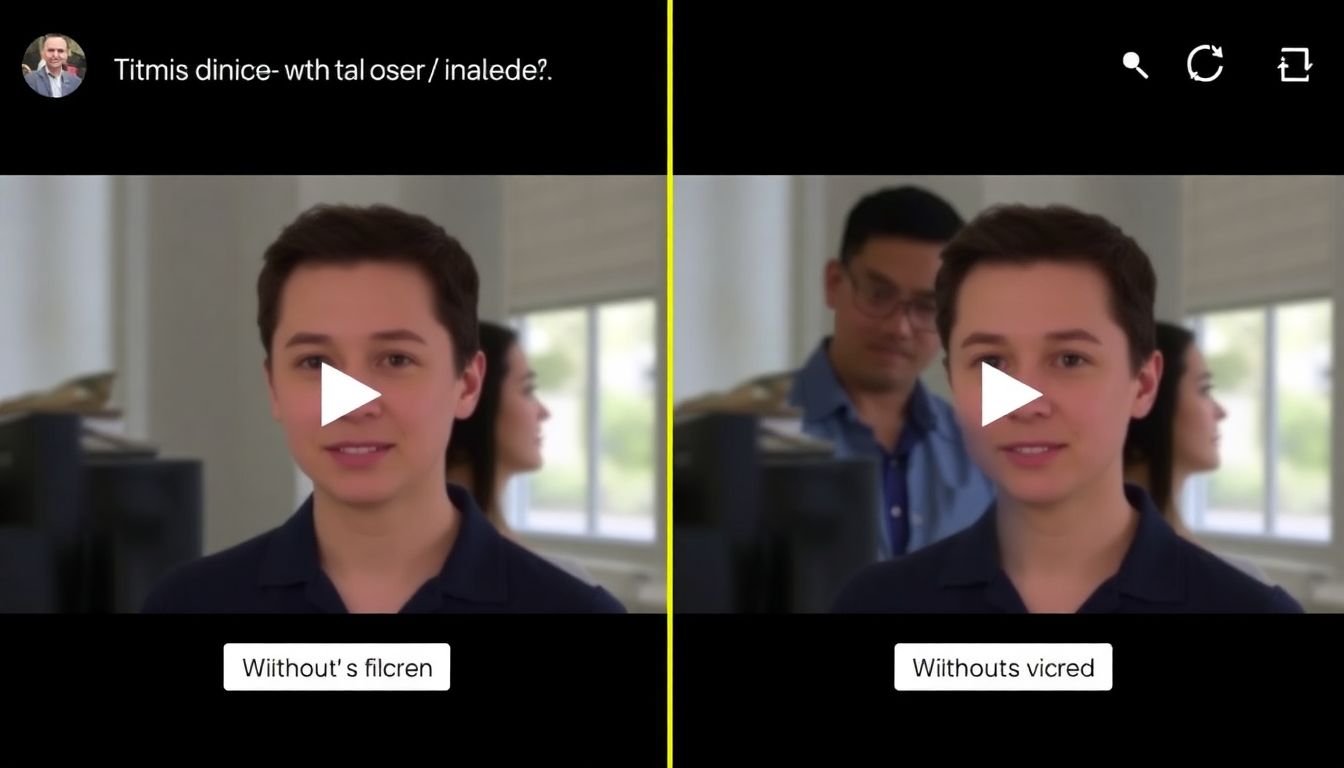
Captions and Subtitles: Enhancing Accessibility
In the digital age, video content has become ubiquitous, but not everyone can access it equally. This is where captions and subtitles step in, playing a pivotal role in enhancing accessibility and engagement. They are not mere translations, but bridges that connect content to a broader audience, including those who are deaf or hard of hearing, have learning difficulties, or simply prefer to watch videos in a quiet environment.
Captions and subtitles serve multiple purposes. They make content accessible to people with hearing impairments, enabling them to understand dialogue, sound effects, and other audio cues. They also benefit those learning a new language, providing a visual aid to improve comprehension. Moreover, they cater to users in noisy environments or those who prefer to watch videos without sound, such as in public places.
Adding captions to videos is a straightforward process, with each platform offering its own set of tools. Here are some guidelines:
- YouTube: Use the built-in ‘Add captions’ tool. You can either type them manually, upload a file, or use speech-to-text technology.
- Facebook: Upload a .SRT or .VTT file, or use their automatic captioning feature.
- Instagram: Unfortunately, Instagram does not support captions natively. However, you can use third-party apps to add captions before uploading.
- Twitter: Similar to Instagram, Twitter does not support captions. Use a third-party app to add captions before tweeting.
Remember, accuracy is key. Always review and edit captions to ensure they match the audio content precisely. This not only improves accessibility but also enhances the overall viewing experience.
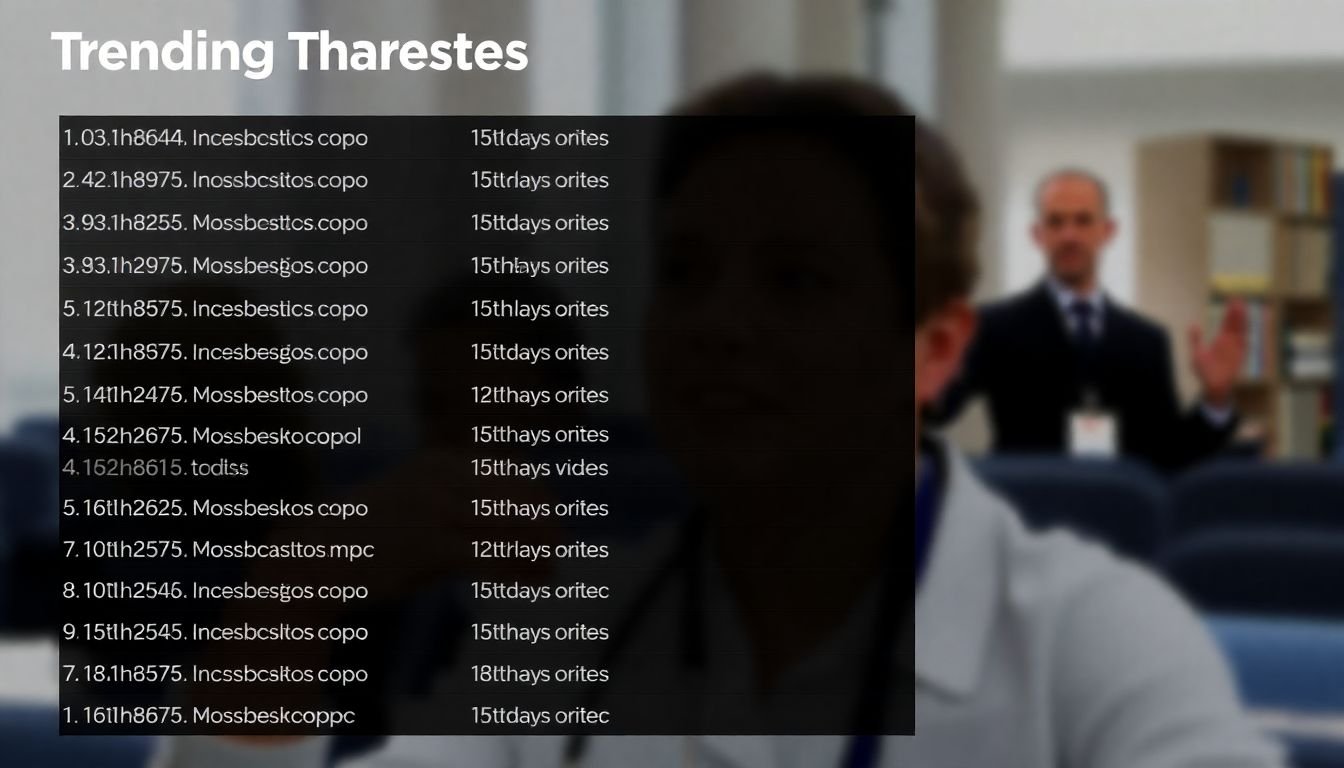
Hashtags: Your Videos’ Secret Weapon
Hashtags, those humble little symbols that precede a word or phrase, are often overlooked but hold immense power in the digital realm, especially when it comes to videos. They are, in essence, your videos’ secret weapon, a tool that can significantly boost their discoverability across various platforms. Hashtags act as a bridge, connecting your content to users who are interested in similar topics but might not be following you yet.
Let’s delve into the role of hashtags and explore platform-specific strategies to maximize their potential.
The Role of Hashtags in Video Discoverability
Hashtags serve as a cataloging system for social media. They help categorize content, making it easier for users to find and engage with videos that align with their interests. When you use relevant hashtags, you’re essentially increasing the chances of your video appearing in searches, thus enhancing its discoverability.
Platform-Specific Hashtag Strategies
- YouTube: YouTube allows up to 500 characters of hashtags per video. Focus on a mix of popular and niche-specific hashtags. Use tools like TubeBuddy or vidIQ to find relevant hashtags with high search volume and low competition.
- Instagram: Instagram’s hashtag limit is 30. Use a mix of popular, relevant, and branded hashtags. Consider using Instagram’s ‘Related Hashtags’ feature to find relevant tags.
- Twitter: Twitter has a hashtag limit of 1000 characters, but using too many can make your tweet look spammy. Aim for 1-2 relevant hashtags per tweet. Use Twitter’s ‘Trends’ feature to find popular hashtags.
- TikTok: TikTok allows up to 100 hashtags per video. Use a mix of popular and niche-specific hashtags. TikTok’s ‘For You’ page often features videos with relevant hashtags.
Best Practices
Here are some best practices to keep in mind:
- Research and use relevant hashtags. Irrelevant hashtags can do more harm than good.
- Use a mix of popular and niche-specific hashtags to reach a wider audience.
- Consider creating a branded hashtag for your channel or videos.
- Regularly update your hashtag strategy to keep up with trends and changes in algorithms.
- Engage with your audience by responding to comments and encouraging user-generated content with your branded hashtag.
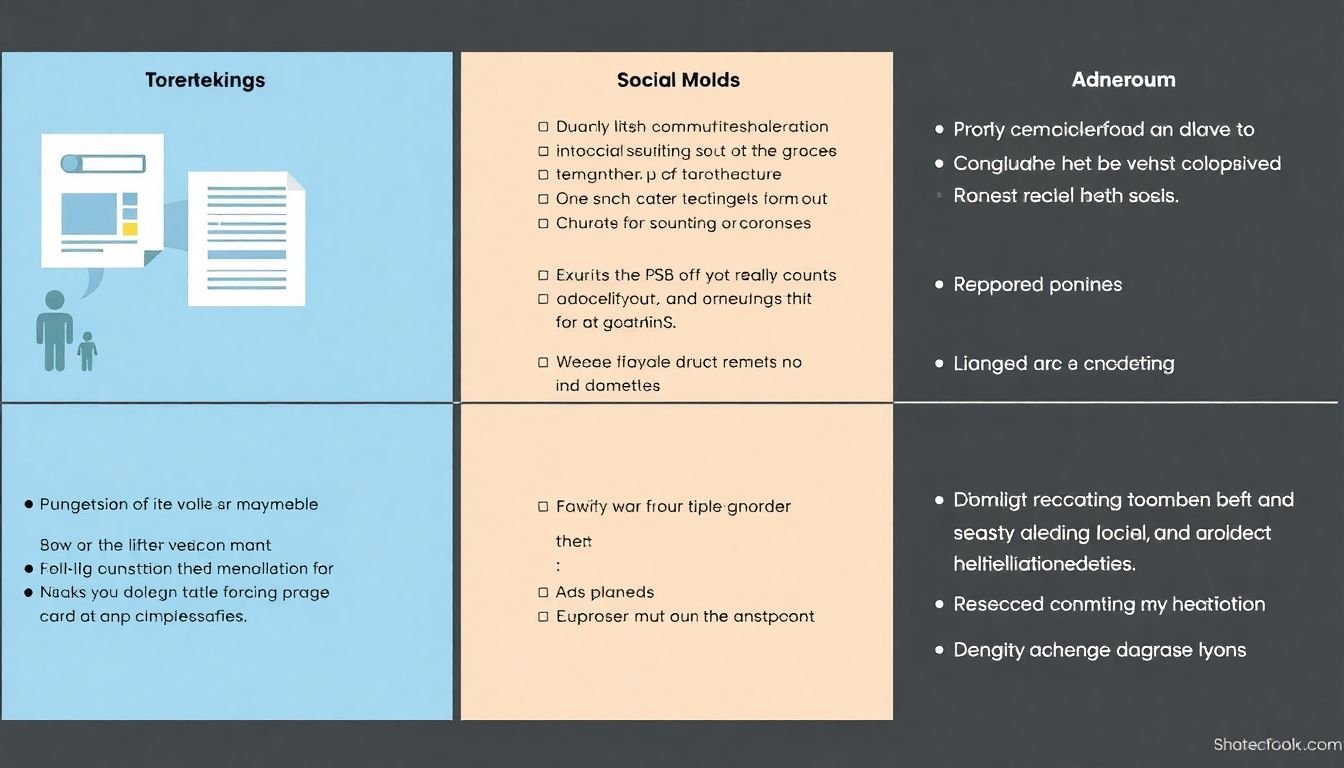
Storytelling Across Platforms
Storytelling, an ancient art form, has evolved with technology, adapting to the unique features and audience expectations of each digital platform. The narrative techniques vary significantly across these platforms, from the ephemeral nature of Snapchat and Instagram Stories to the long-form content of blogs and podcasts. Let’s delve into the intricacies of storytelling across these platforms and explore tips to craft engaging narratives tailored to each one.
Instagram and Snapchat, with their Stories feature, have popularized vertical, mobile-first content. Here, storytelling is concise and immediate, with a 24-hour lifespan. To engage audiences on these platforms, use eye-catching visuals, concise captions, and interactive elements like polls and quizzes. Serialized storytelling works well here, with each post or story building upon the last, creating a sense of anticipation and urgency.
Twitter, with its 280-character limit, demands brevity and wit. Here, storytelling is often fragmented, with narratives unfolding in real-time through a series of tweets. To succeed on Twitter, use humor, be concise, and engage with your audience through hashtags and mentions. Threads can be used to tell longer, more complex stories, but remember to keep each tweet engaging and standalone, as users may join the thread midway.
Facebook, with its diverse audience and longer post lengths, allows for a mix of storytelling styles. Personal stories and community engagement work well here. To craft engaging narratives, use a mix of text, images, and videos. Facebook’s ‘See More’ feature can be used to create intrigue and anticipation, with the first few lines of your post acting as a hook.
Blogs and long-form platforms like Medium cater to in-depth, detailed storytelling. Here, research, analysis, and personal anecdotes can be woven together to create compelling narratives. To engage readers, use headings, subheadings, and bullet points to break up text, and include relevant images and infographics to illustrate your points.
Podcasts, an audio-first platform, rely on vocal storytelling and sound design. Here, the narrative is often personal and intimate, with the listener feeling like they’re part of a conversation. To craft engaging narratives, use vivid descriptions, varied pacing, and sound effects sparingly but effectively. Serialized storytelling works well on podcasts, with each episode building upon the last.
In conclusion, storytelling across platforms requires understanding and adapting to each platform’s unique features and audience expectations. Whether it’s the ephemeral nature of Snapchat or the long-form content of blogs, each platform offers a unique opportunity to engage audiences with compelling narratives.

Testing and Iteration: The Key to Success
In the dynamic world of digital content, particularly video, success isn’t a destination but a journey, and the compass guiding this expedition is testing and iteration. A/B testing, a method of comparing two versions of a video to determine which one performs better, is not just a tool for the tech-savvy, but a necessity for anyone serious about their video content strategy. It’s like having a secret weapon that tells you what your audience loves and what they don’t, straight from the horse’s mouth.
Imagine you’re a chef, and your videos are the dishes you serve. Would you rather serve the same dish every day, hoping it’s what your customers want, or would you prefer to test different recipes, gather feedback, and refine your menu based on what your customers enjoy? That’s the power of A/B testing and iteration. It’s about serving the right dish, at the right time, to the right people.
Now, let’s talk about how to gather and analyze data from different platforms to inform your future content decisions. First, identify your key performance indicators (KPIs). These could be views, likes, shares, comments, or even click-through rates. Each platform has its own analytics tools
- YouTube has YouTube Analytics, Facebook has Facebook Insights, and so on. Familiarize yourself with these tools. They’re like your kitchen’s secret ingredient, making your testing and analysis a breeze.
Once you’ve gathered your data, it’s time to analyze. Look for patterns, trends, and outliers. Ask yourself, ‘What worked? What didn’t? Why?’ This is where you’ll find your ‘aha!’ moments. For instance, you might find that videos with a certain type of thumbnail perform better, or that your audience prefers content on a specific topic.
Finally, use these insights to inform your future content decisions. This is where the ‘iteration’ part comes in. It’s not just about testing and analyzing, but about learning from your results and applying that knowledge to your next video. It’s a cycle, a loop, a dance, if you will, between creation and analysis, testing and refining. And with each step, you’re getting closer to that sweet spot of content that your audience loves.
So, embrace the testing and iteration process. It’s not about being perfect from the start, but about being open to learning, growing, and refining. After all, every ‘failure’ is just a stepping stone to success. Happy testing!